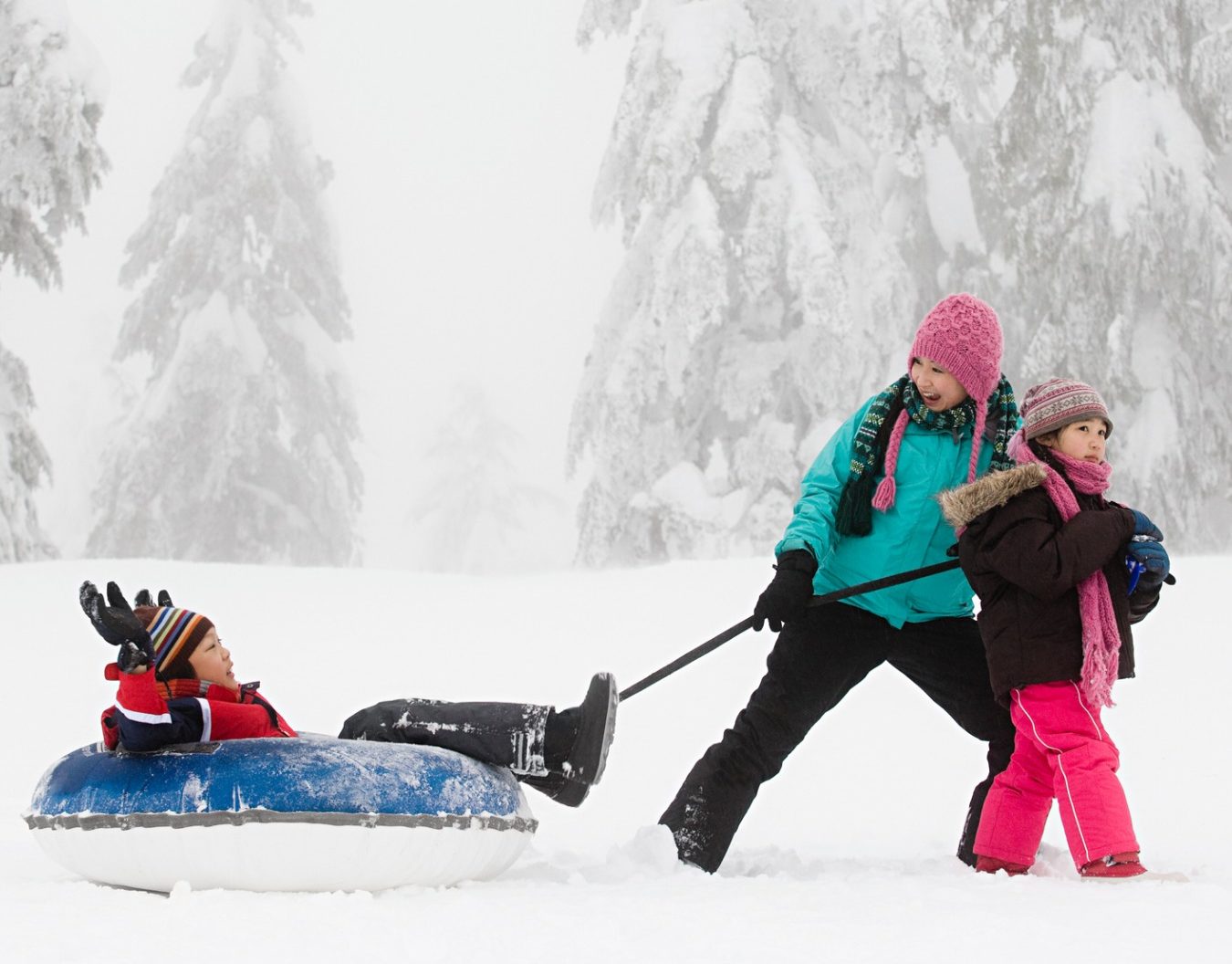Health
4 min Read
Ouch! How to Avoid Frostbite on Extremely Cold Days

January 19, 2023
Health
4 min Read

January 19, 2023

We all know Canadian winters are long and cold. And yet, it’s easy to forget just how painful and even dangerous freezing temperatures can be for exposed skin—especially when a polar vortex hits (a.k.a., “polar blast,” “Coldemort,” “snowpocalypse,” etc.).
Kids are especially vulnerable to frostbite in winter, and not just because they’re physically smaller and get cold more easily. Most kids simply aren’t aware of the symptoms, plus they can get so wrapped up in outdoor play they may not fully notice when fingers or toes have gone numb. That tingling or burning sensation isn’t just “feeling cold”; it means the skin and tissues below the skin could be starting to freeze.
According to the Canadian Pediatric Society (CPS), the most common kid body parts prone to frostbite are cheeks, ears, nose, fingers, and toes. The extent of frostbite damage depends on how long the skin was exposed: first-degree frostbite is associated with burning, tingles and pain. The risk can go all way to fourth-degree frostbite when muscles, tendons, or even bones have started to freeze.
The CPS recommends keeping kids indoors when the reported temperature, with or without windchill, is -27˚C or lower. Any exposed skin will start to freeze at this temperature—no matter what age you are. Regardless of temperature, never send kids outside in a snowstorm.
It’s OK to send kids outside for a short period at or below -15˚C, but above -27˚C. An adult should always supervise children age eight or younger outside, and older kids should team up with a buddy. Temperatures in this rage are still really cold, so have kids come in for regular breaks to slurp up some Ultimate Hot Chocolate, or a bowl of our coziest soup recipes.
Ask kids if their fingers, toes, or other body parts feel sore. If they do, resist the urge to rub your child’s skin—frostbite needs slow, steady warmth to heal. Although sometimes a well-meaning suggestion, never rub snow on skin with frostbite. Here’s how the CPA recommends safely treating frostbite:
Limiting outdoor time in extremely cold weather is the best way to avoid frostbite. On moderately cold days, limiting skin exposure is still crucial. Here are the CPS’s best practices for keeping kids safe and warm while playing outside:
If your local area gets pummeled by extreme winter weather, also keep these preparation tips in mind: